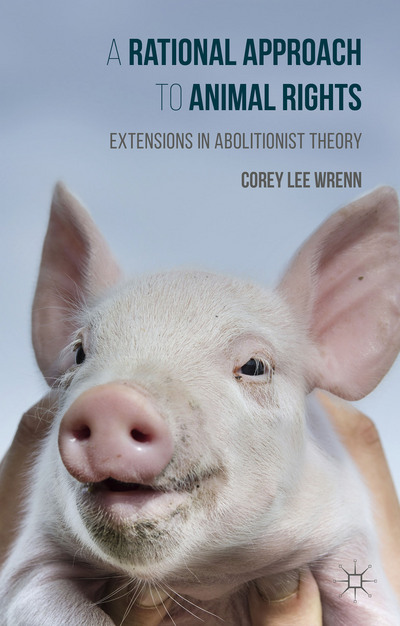The door-in-the-face phenomenon suggests that, if one makes an over-the-top request that is likely to be denied and then counters with a more reasonable request, audiences will be much more likely to agree to the second request.
Psychologist Robert Cialdini and his colleagues were able to demonstrate the effectiveness of door-in-the-face by asking participants to agree to two years of volunteer work and then followed up asking for a lesser commitment. The first request of two years was predictably refused, but the second request was more successful. Over 50% more people agreed to the smaller concession in the group that was first presented with the large request than the comparison groups that received only the small request. The researchers also indicate that the second request need not be that small, but only smaller by comparison to the first.
It is thought that people will be more likely to concede to this smaller request in order to relieve the pressure of social norms. Consequently, the requester does not have to personally know the individuals in their audience in order for this technique to be effective.
Welfare reformers in the Nonhuman Animal rights movement might decide that asking their audience first to go vegan (expecting a rejection) and then asking them to reduce consumption (a smaller concession) might be a good application of this theory. However, recall that it is not how small the followup request is that is important, only that it is smaller. Therefore, vegan activists might first ask interested parties to become an activist and begin volunteering (a potentially overwhelming lifestyle decision that might put off some), but then counter with a request that they simply go vegan, ease into veganism over the course of a few weeks, or, perhaps, commit to signing up for a vegan newsletter.
Cialdini and his colleagues tested this effect in face-to-face interactions, so it is likely that the door-in-the-face method would apply well to vegan tabling, teaching, or lecturing. The fact that personal familiarity did not reduce effectiveness is also promising for those advocating veganism to the public. It is unclear, however, if this technique would work as well in online advocacy.
For the Vegan Toolkit
- Start with a large request, then follow it up with a smaller request
- Second request can be substantial as long as it is smaller than the first
- Does not require personal acquaintanceship to work
References
Cialadini, R. et al. 1975. “Reciprocal Concessions Procedure for Inducing Compliance: The Door-in-the-Face Technique.” Journal of Personality and Social Psychology 31: 206-215.
 Readers can learn more about the social psychology of veganism in my 2016 publication, A Rational Approach to Animal Rights.
Readers can learn more about the social psychology of veganism in my 2016 publication, A Rational Approach to Animal Rights.
This essay was originally published with The Examiner in 2012.
